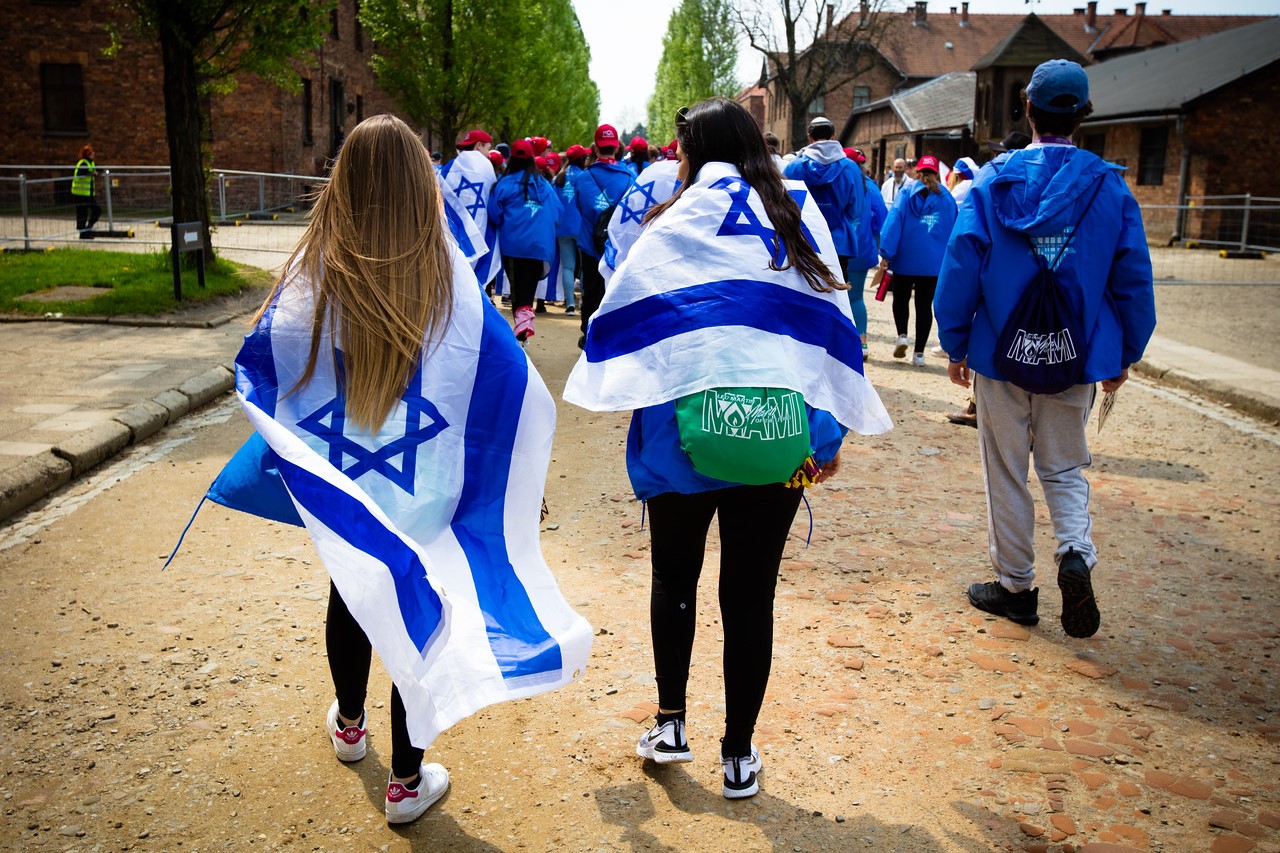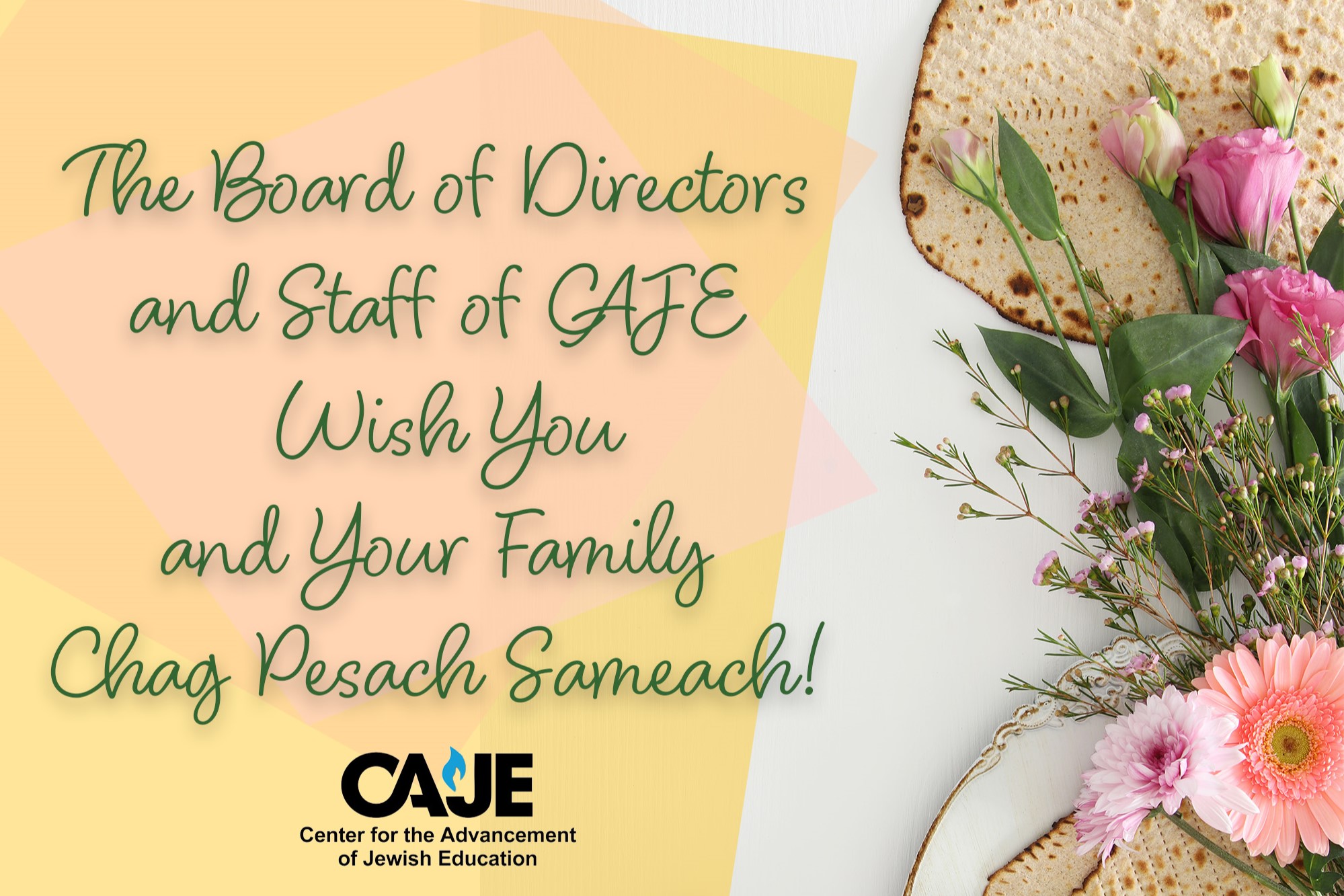Tending the Fire of the Akeidah

This Dvar Torah was written by Rabbi Aviva Richman, Rosh Yeshiva of Hadar.org

Photo by guille pozzi on Unsplash
How are we meant to respond to God’s instruction to sacrifice Yitzhak / Isaac and Avraham’s willingness to obey?
We aren’t the first to be thrown by this scene. An early midrash relates Sarah’s pain, wail, and ultimate death when she heard of what transpired. (1)
The message behind her reaction is not totally clear. Was Sarah too weak to embody the bravery of Avraham’s obedience? Or do our sages mean to channel their own voice of protest and dismay into the sound of her cry?
One version of this tradition explicitly honors Sarah’s pain, asserting that Sarah’s death brings atonement for our sins. (2)
This focus on the religious meaning of Sarah’s suffering is especially profound given the dominant view, that atonement comes from the merit of Avraham’s willingness to sacrifice his child, and Yitzhak / Isaac’s willingness to die.
But it is a tragic way to uplift Sarah’s role. Besides mourning her death, and vicariously getting atonement from her suffering, what can Sarah teach us about this tumultuous scene for our own religious lives?
An eighteenth century Yiddish prayer, written by Sara bas Tovim, looks up to Sarah in this moment as a religious role model. (3)
The prayer was written for women to say as they visited ancestors’ graves to measure string for wicks and make yahrzeit candles for Yom Kippur.
The text turns to biblical patriarchs and matriarchs asking for forgiveness and repair in the year ahead.
Studying this prayer offers a window into the religious universe inhabited by early modern Eastern European Jewish women as they prepared for the holiest day of the year. It is also a commentary on Torah in its own right, as we see how the prayer reinterprets the Akeidah.
In a fascinating departure from traditional high holiday liturgy, where Avraham’s willingness to sacrifice his son is a source of religious merit, (4) when Sara bas Tovim turns to Avraham in the prayer, she excises any mention of the Akeidah.
Instead, she associates the Akeidah with Sarah and uplifts her response:
And through the merit which I gain by preparing the wick for the sake of our mother Sarah, may the Blessed God—praised by He—remember us for the merit of her pain when her beloved son Yitzhak was led to the binding. May she defend us before God—praised be He—that we should not—God forbid—be left widows this year, and that our children should not—God forbid—be taken away from this world in our lifetime. (5)
Sarah’s pain and horror at the Akeidah is most certainly not a sign of her weakness in this interpretation.
It is a model of a prayer of protest that we ask Sarah to continue articulating to this very moment.
Rather than glorifying the Akeidah itself, the religious message we derive from it is to turn to God and ask that we should never have to endure anything like it, that there be nothing—even (especially?) God’s own command—to cause us to lose a beloved child, or partner.
In the most concise terms, the religious takeaway from the Akeidah is: “Never Again.” (6)
Later in the composition, Sara bas Tovim develops a more substantive and positive reading of the Akeidah, where the ultimate religious ask of a parent is not to sacrifice a child but to offer care, in both the physical and spiritual realms. (7)
She asks that the merit of Akeidat Yitzhak / the Binding of Isaac allow us to “provide for our children’s needs,” not only in terms of food and clothing, but also through ensuring they have guidance in learning and prayer.
This shift from an ethics of sacrifice to an ethics of care is no less fiery than the image of offering Yitzhak on an altar.
The fire lives on in the mother’s candles, “equivalent to the flame which the high priest lit in the sanctuary.” Rather than a fire that consumes, this fire, rekindled in each generation, is a fire of brilliance, made to “illuminate the eyes of our children” in their passion for learning.
The aesthetic style of Sara bas Tovim’s words may seem quaint, but she offers nothing less than a powerful reframing of the religious meaning of one of the most fraught passages in the Torah.
In not so subtle terms, she encapsulates a voice of anguish and protest about God’s command and Avraham’s willingness to make a parent bereft of their child. But this is not a reason to turn away from God.
She embraces Sarah’s pain as an opening stance to devoutly turn towards God with clarity and purpose.
When we embrace Sarah as a religious role model, Akeidat Yitzhak / the Binding of Isaac offers a starkly different set of guiding principles for our relationship with God.
The God we pray to is not the God who demands we give up our children, but the God who never wants parents and children separated.
We come close to God through a web of deep commitments to loved ones, not by virtue of our willingness to sever these ties.
The way we demonstrate our religious devotion most fully is not by sacrificing those most dear to us, but through the day in and day out work of tending to their physical and spiritual needs.
The theme of care in Sara bas Tovim’s writing is mirrored in the embodied ritual it accompanies: revisiting loved ones of past generations, and calling upon their merit as a source of blessing for the living.
Sara bas Tovim integrates critique and devotion, and pivots from the anguish and alienation of our matriarch Sarah’s cry towards a passionate awareness of our capacity to kindle sparks of love and learning. This is what creates the ongoing fire of the Akeidah.
1 See Vayikra Rabbah 20:2.
2 Midrash Aggadah H ayyei Sarah 23: “ ויהיו חיי שרה. למה הסמיך מיתת שרה אחר עקידת יצחק, לומר כשבא אברהם מהר המוריה מצא שרה שמתה על דברי שטן, ולכך מריעין בראש השנה כדי שיהיה להם מיתת שרה כפרה, לפי שתרועה היאגינוח וייליל : / Why was the death of Sarah placed right a_er Akedat Yitz h ak? To teach that when Avraham came from Mt. Moriah, he found Sarah dead because of the words of Satan. That is why we shout (blow the shofar ) on Rosh Hashanah, so that Sarah’s death will be atonement for them, since the teru’ah is a cry and a wail.”
3 For more discussion of this prayer see Chava Weissler, Voices of the Matriarchs: Listening to the Prayers of EarlyModern Jewish Women (Beacon, 1999). I am grateful to Professor Weissler for getting to study this text with her ina class years ago. 4 For example in the Aneinu prayer, and in the Musaf Amidah for Rosh Hashanah: “ ותראה לפניך עקדה שעקד אברהם את יצחק בנו על גבי המזבח וכבש רחמיו לעשות רצונך בלבב שלם, כן יכבשו רחמיך את כעסך מעלינו... ועקדת יצחק לזרעו היום ברחמים תזכור. ברוך אתה ה' זוכר הברית / May the binding that Avraham bound Yitz h ak his son on the altar and subdued his mercy to do your will with a full heart, be pleasing to you. So may your mercy overcome your anger against us… and remember with mercy the binding of Yitz h ak for his descendants today…”
5 “Tkhine of the Three Gates” by Sarah bas Tovim (mid 18 th century). Translation based on Tracy Guren Klirs (ed.),The Merit of Our Mothers: A Bilingual Anthology of Jewish Women’s Prayers (HUC, 1992).
6 I thank my colleague, R. Avi Strausberg, for pointing me towards a similar idea in the writings of the Eish Kodesh
on Hayyei Sarah, 1939.
7 “You have commanded us to blow the shoyfer on rosheshone using the horn of a ram, a reminder of the binding of yitskhok . Remember this merit so that we may be able to provide for our children’s needs, that we may be able to keep them under the guidance of a teacher, so that they may become accustomed to Your service and respond, “ Omeyn. Yehey shmey rabo . ” May the merit of my mitsve of candles be accepted as equivalent to the flame which the koyen gadol lit in the beys hamikdesh , so that it may illuminate the eyes of our children in the study of the holy toyre .”
Shabbat Shalom




